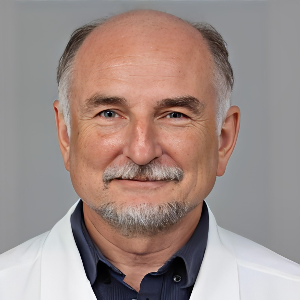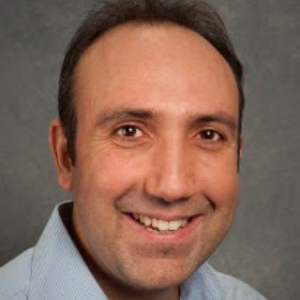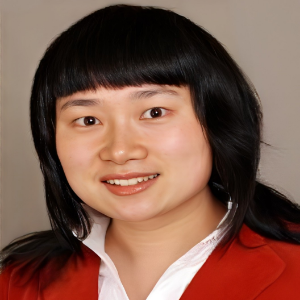An Aerosol is a tiny solid particle or liquid droplet suspension in air or some other gas. Aerosols can be both natural and man-made. Natural aerosols include fog or mists, dust, forestry exudates, and geyser steam. Particulate air pollution, mist from hydroelectric dam discharge, irrigated mist, perfumes from atomizers, smoking, steam from a kettle, sprayed insecticides, and medical interventions for respiratory disorders are all examples of anthropogenic aerosols. An anthropogenic aerosol is inhaled whenever a person breathes the contents of a vape pen or e-cigarette. Aerosol particles are generally smaller than 1 m in diameter. Aerosol concentration may be measured in a number of ways. The mass concentration (M), defined as the mass of particulate matter per unit volume and expressed in units such as g/m3, is frequently used in environmental research and environmental health. The number concentration (N) is another term for the number of particles per unit volume, which is measured in measures such as number per m3 or number per cm3. The aerosol particle radius or diameter (dp) is an important parameter used to characterise aerosols. Aerosol dispersion varies. A monodisperse aerosol, which may be created in the lab, comprises uniformly sized particles. However, most aerosols, being polydisperse colloidal systems, have a wide range of particle sizes.

Vladlen Slepak
University of Miami Miller School of Medicine, United States
Yong Xiao Wang
Albany Medical College, United States
Consolato M Sergi
Universities of Alberta and Ottawa, Canada



Title : The impact of metal-decorated polymeric nanodots on proton relaxivity
Paulo Cesar De Morais, Catholic University of Brasilia, Brazil
Title : Hepatotoxic botanicals-shadows of pearls
Consolato M Sergi, Universities of Alberta and Ottawa, Canada
Title : Exploring classical ayurvedic drugs in hypertension
Prashant Bhokardankar, Datta Meghe Ayurved College, India
Title : Principles and standards for managing healthcare transformation towards personalized, preventive, predictive, participative precision medicine ecosystems
Bernd Blobel, University of Regensburg, Germany
Title : Personalized and Precision Medicine (PPM) as a unique healthcare model based on design-inspired biotech- & biopharma-driven applications to secure the human healthcare and biosafety
Sergey Suchkov, N.D. Zelinskii Institute for Organic Chemistry of the Russian Academy of Sciences & InMedStar, Russian Federation
Title : Antibody proteases as translational tools of the next step generation to be applied for biopharmacy related and precision medical practice
Sergey Suchkov, N.D. Zelinskii Institute for Organic Chemistry of the Russian Academy of Sciences & InMedStar, Russian Federation
Title : Easily injectable, organic solvent free self assembled hydrogel platform for endoscope mediated gastrointestinal polypectomy
Hitasha Vithalani , IIT Gandhinagar, India
Title : Cognitivevoice: Novel machine learning model leveraging acoustic features to predict future cognitive decline in Parkinson’s Disease
Aadya Daga, Hamilton High School, United States
Title : Platelet-activating factor-receptor pathway mediates solar radiation-induced extracellular vesicle release in human keratinocytes
Ravi P Sahu, Wright State University, United States
Title : Assessment of cytocompatibility and subcutaneous host reaction to silk fibroin chitosan plugs for resorbable implant applications
Luis Jesus Villarreal Gomez, FCITEC - Universidad Autónoma de Baja California, Mexico